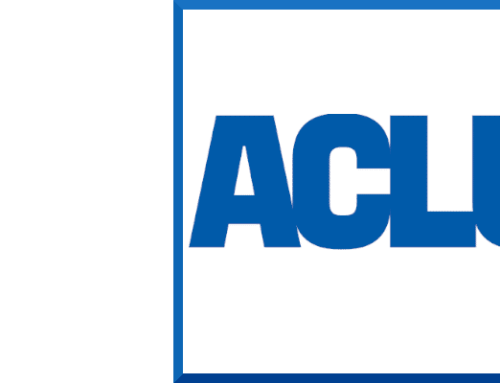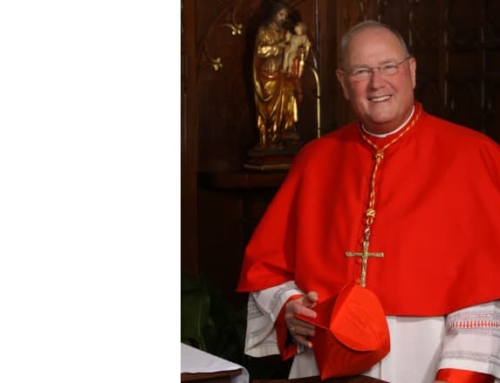Catholic League president Bill Donohue compares President Barack Obama’s first year in office on religious liberty issues to that of President Donald Trump’s:
There may be no issue which shows how far apart President Barack Obama and President Donald Trump are than religious liberty. The following is a chronological account of important religious liberty issues that both presidents addressed in their first year in office.
Obama
- Three days after assuming office, Obama announced that he would overturn restrictions on funding abortions overseas.
- Less than a week later, he said he would restore U.S. funding to the U.N. Population Fund, which pays for abortion.
- In February 2009, Obama’s newly designed Office of Faith-Based and Neighborhood Partnerships was announced. Its focus was not religious liberty. Instead, its goal was to decide on a case by case basis which funding requests were constitutionally acceptable, calling into question the hiring rights of religious non-profits.
- In March, Obama appointed Kathleen Sebelius as Secretary of Health and Human Services. An abortion-rights zealot, she was a defender of Dr. George Tiller, who performed more than 60,000 abortions. She also accepted money from him.
- Obama lifted restrictions on federal funding of embryonic stem cell research, thus allowing the government to be in the business of killing nascent human life.
- Dawn Johnsen was nominated to be assistant attorney general in charge of the Office of Legal Counsel. She started her legal career in the 1980s by working with the ACLU to strip the Catholic Church of its tax exempt status.
- Harry Knox was appointed to the Advisory Council of the faith-based initiative. He had been denied ordination in the United Methodist Church for being a sexually active homosexual. He denounced Pope Benedict XVI’s comments on AIDS, calling the pontiff a liar. He also maligned the Knights of Columbus.
- When Obama spoke at Georgetown University, his advance team insisted on covering up all religious statues so that none would be seen on television.
- The Obama administration reopened a case against Belmont Abbey College, challenging the school’s decision not to cover abortion, artificial contraception, and sterilization in its health care coverage.
- Obama rolled out his health care bill, which included funding for abortion.
- In September 2009, Kevin Jennings was appointed Safe School Czar. He was known for promoting unsafe sex practices at several homosexual conferences, and for his Christian bashing. He also publicly condemned God.
- Chai Feldblum was nominated to join the Equal Employment Opportunity Commission. She was known for arguing that sexual rights, which are nowhere mentioned in the Constitution, should trump religious rights, which are cited in the First Amendment.
- The religious elements of Christmas at the White House were downplayed. Ornaments of a mass killer were displayed on a White House Christmas tree.
Trump
- On February 1, 2017, Trump chose Judge Neil Gorsuch to take Antonin Scalia’s place on the U.S. Supreme Court. Gorsuch is a strong proponent of religious liberty, holding that conscience rights are paramount.
- Trump endorsed educational equality, championing the cause of tax incentives to businesses that fund private schools. He directed his support for school choice at poor minority families.
- Trump issued an executive order on religious liberty which, while lacking specifics, sent a clear message to his cabinet on how to proceed with such matters.
- A bill to allow the states to strip funding from Planned Parenthood was signed into law by Trump.
- The “Trump Effect” was noted in several states that chose to pass bills restricting abortion.
- A decision to provide direct assistance to persecuted Christians in the Middle East was announced.
- A religious exemption to Obama’s HHS mandate was granted by Trump.
- The religious elements of Christmas at the White House were celebrated.
The stark contrast between the two administrations’ approach to religious liberty was illuminated in two Rasmussen surveys. In 2014, under Obama, 30 percent of the public said government was a protector of religious liberty; 48 percent saw it as a threat. In October 2017, under Trump, 39 percent named government as a protector of religious liberty; 38 percent saw it as a threat.
The conclusion is obvious: Obama was not a religious-friendly president, but Trump surely is.







